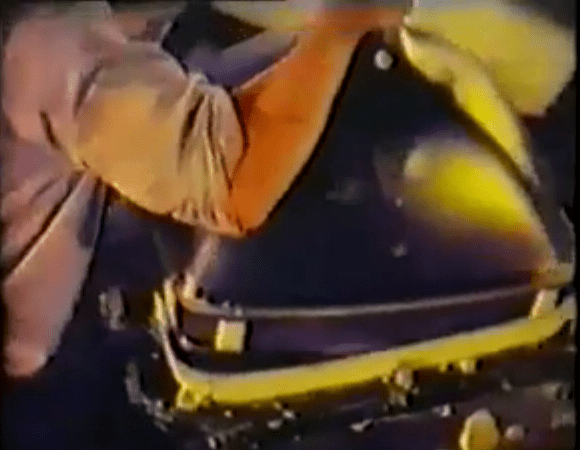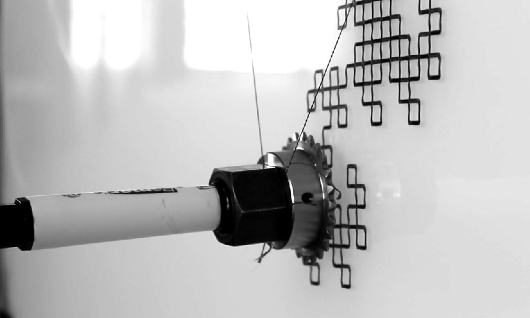This week we return to the grainy and un-color-corrected goodness that is synonymous with ancient video reels. [CNK] sent in a tip to a set of videos showing how Cathode Ray Tubes are manufactured on a massive scale. You’ll want to watch the pair of clips embedded below which total about 18 minutes. But there’s also some background to be found at this post from the Obsolete Technology Telley Web Museum.
The video presentation starts off with a brief overview of the way a color CRT works. It then moves to a factory tour, carefully showing each step in the process. The footage was shot in the 1960’s and because of that we catch a glimpse of some vintage equipment, like that used to measure the curvature of the CRT glass. You may be thinking that the world of CRT is in the past, but not so. We think there may even been a coming fad of producing them in your home lab.
Continue reading “Retrotechtacular: Cathode Ray Tube (CRT) Manufacturing”
















